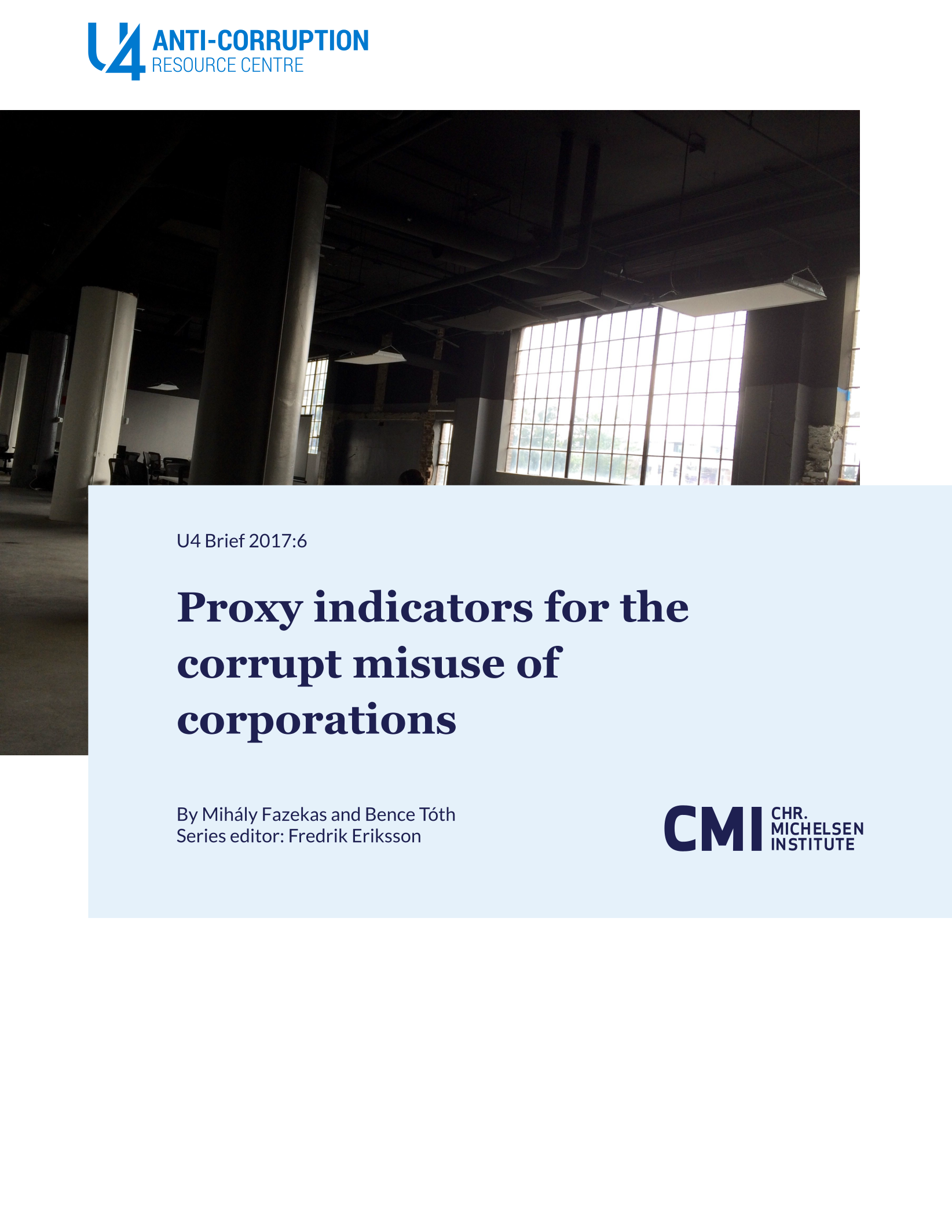Main points
- Government and donors can use already available company data and combine it with transactional data on procurement contracts, mining rights, or grants to track corruption risks at a high degree of detail and in real-time.
- Government and donors can demand fuller and higher quality disclosure of data on these risk indicators from companies doing business with governments and donors.
- Transparency requirements generate minimal additional administrative burden as companies typically compile and report such information annually.



